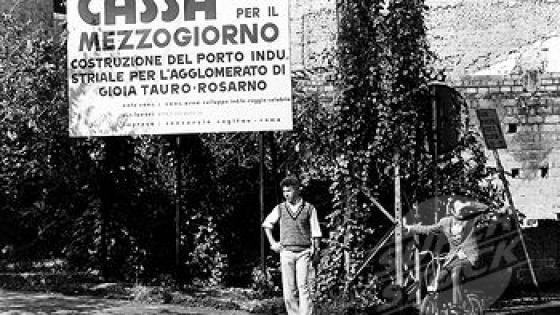DP811 Markups in the Labour and Product Markets and the Relative Performance of Industry and Services: Italy 1951-90
The purpose of this paper is to evaluate the relative importance of deviations from competitive behaviour, both in product and in labour markets, in the determination of sectoral employment growth in Italy during the last forty years (1951-90). This is done with the help of a two-sector descriptive framework that brings together both productivity differentials and non-competitive behaviour in the product and in the labour markets.Simulations of the model suggest that changes in labour markets were quantitatively more important than changes in product markets in the determination of sectoral employment growth. In particular, if our measures of product and labour market non-competitive behaviour before the first oil shock had remained constant after 1973, our simulations suggest that, on average, industrial and service employment would have been, respectively, higher and lower than observed. More precisely, if we use the average wage paid to employees to measure the returns from self-employment, it turns out that industrial employment would have been, on average, 13% higher and that service employment would have been, on average, 13% lower. This is equivalent to about 750,000 additional employees in industry and to about one million fewer employees in services.


